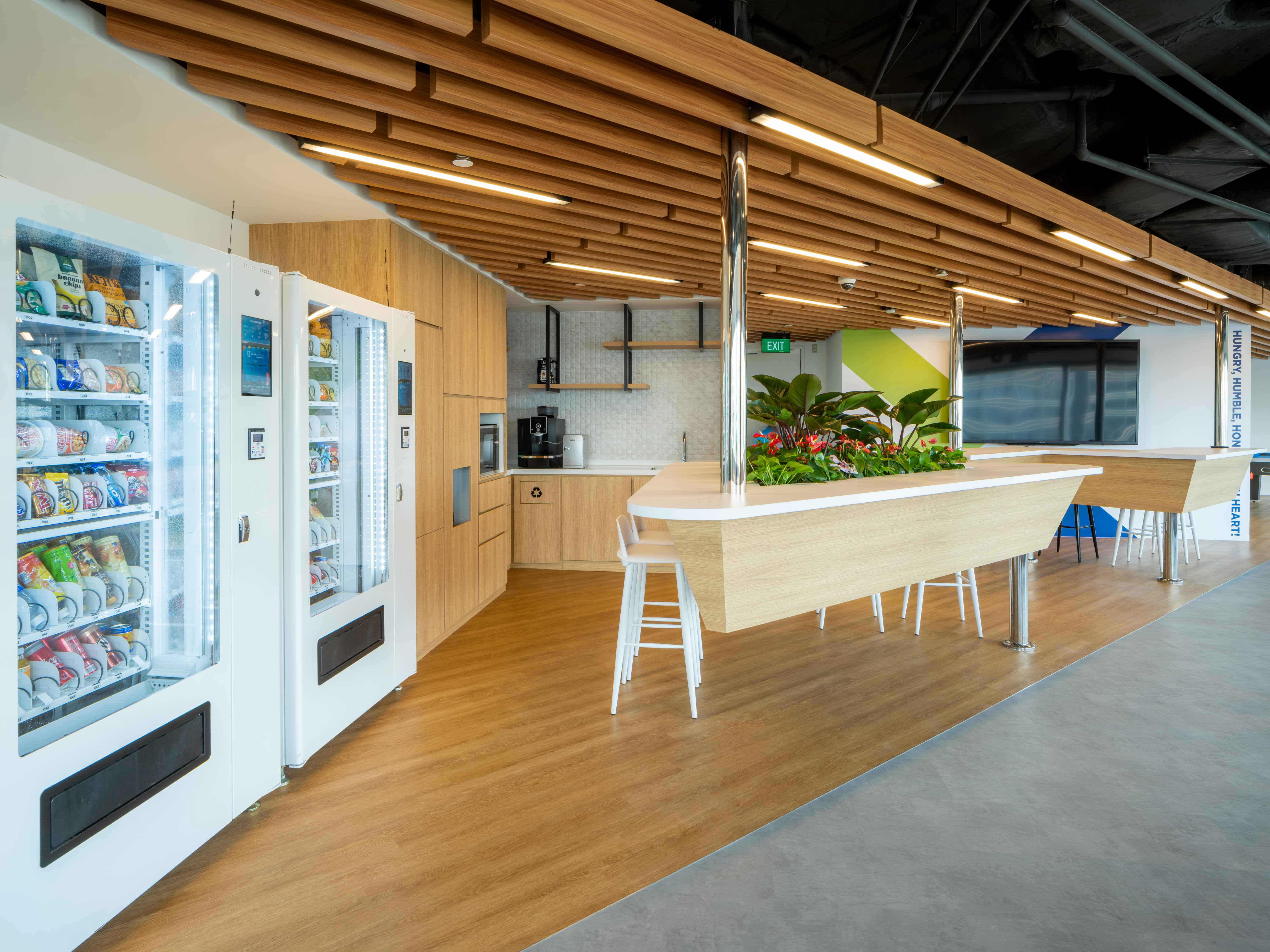
How Ecological Handprints Rally The Workforce Around Sustainability
For years now, much of the conversation about the human impact on the environment has been dominated by the concept of ecological footprint. While this is a great way to measure the resources we use and the waste we generate, it misses out on one important factor — it does not take into account the human potential for creating a positive impact on the world.
That’s where the idea of the ‘Ecological Handprint’ comes in. The empowering concept of handprints measures the actions we can take to protect the planet and move towards a more sustainable future. Our carbon handprint, for instance, calculates how energy efficient we are, how much waste we are able to reduce, how eco-friendly we are in our choice of products and materials, and so on.
As individuals, we have great potential for compounding the impact of our carbon handprint through mindful utilisation of resources. A great example would be someone who segregates their garbage at source, reuses and recycles where possible and composts all organic material. This, in fact, gives them the opportunity to amplify the positive effects by using the nutrient-rich compost to plant trees around their house or grow their own vegetables. This is just one example — such small but efficient steps, applied across the different areas of our lives, can really add up to drive a massive global shift in attitude.
Footprints and handprints in business
Increasing ecological handprints is not just a matter of individual effort. Today, more and more companies are putting a sharper focus on sustainable health, safety and environmental policies. They see the merit of aligning their corporate growth strategies with UNDP’s 17 Sustainable Development Goals (SDGs).1 Organisations like 1% for the Planet have created tangible opportunities for firms to do this — businesses who have signed up for this programme have all pledged 1% of their gross sales every year to protect global resources.2
Many companies are also partnering with their commercial interior design firms to create sustainable workplace strategies. The aim is to ensure that a commercial office building interior design has a positive ecological impact on the surrounding site, rather than being a disruptive force. For instance, it is common knowledge that buildings account for 40% of global energy consumption.3 But today, thanks to technological advances, it is possible to track exactly where and how this energy is being utilised. Designers can then use this knowledge to identify areas where consumption can be reduced. With smarter design of interior lighting and HVAC systems, it may even be possible to cut down energy consumption of an office space by upto 52% and 44%, respectively, while maintaining the same level of comfort and climatic control.

Take Nutanix’s sustainability-focused office in Singapore as an example. The workspace design has been conceptualised to reduce dependence on electricity. The peripheral areas make optimum use of natural light, giving employees a bright, sunlit space to work from. The workspaces near the windows all have sensors that detect how bright it is outside, and automatically adjust the level of illuminance within the office. The rooms further inside the office are lit by LED-based light fixtures — and these rooms have occupancy sensors to ensure that there is no unnecessary wastage. Products and textiles that are high in recycled materials have been chosen for the office interiors. Segregation bins and low-flow water fixtures help the workplace increase the size of their corporate handprint.
The human push for sustainability
While passive efficiencies can be incorporated into the core design of the building, companies around the world are also making an attempt to involve their workforce in their green initiatives. India-based e-commerce firm Flipkart, saves about 4000 litres of water every week, simply by inspiring employees to use refillable stainless steel bottles and ceramic glasses instead of disposable drinkware. This also prevents them from sending 10,000 bottles to landfills on a yearly basis.4
The Piramal office in Mumbai is yet another example of a workspace that marries sustainability to employee welfare. This LEED-certified office stands out with the way it encourages employees to adopt eco-friendly means of transport. The office is well-connected to local trains and metros, making it easier for employees to opt for public transport rather than driving to work. There are plenty of secure bike racks in the parking area, which encourages people to choose a fitter lifestyle and cycle to work. There are shower rooms in the office where one can freshen up before the day begins.
Innovation today is thus no longer about cool technology and eye-catching design. It is also as much about reducing consumption and optimising resources. In the corporate sphere, this could very well mean buildings that convert sunlight, waste and wind into energy, power and ventilation. And yes, it could mean a workforce that — individually and collectively — focuses on increasing their ecological handprint, both at home and at work.
Anoma Behal Baste is Head – International Client Solutions at Space Matrix and leverages her 18 years of experience in the architecture & design industry, her expertise in workplace strategy and project execution methodologies, and her keen understanding of the business challenges within the APACJ region to translate her clients’ vision into efficient work environments. As an architect with a keen interest in urban infrastructure, she is passionate about homelessness alleviation, architectural conservation, and sustainable building practices. She is also an educator and a published poet.
